Cold Chain Logistics: The Ultimate Guide for 2025
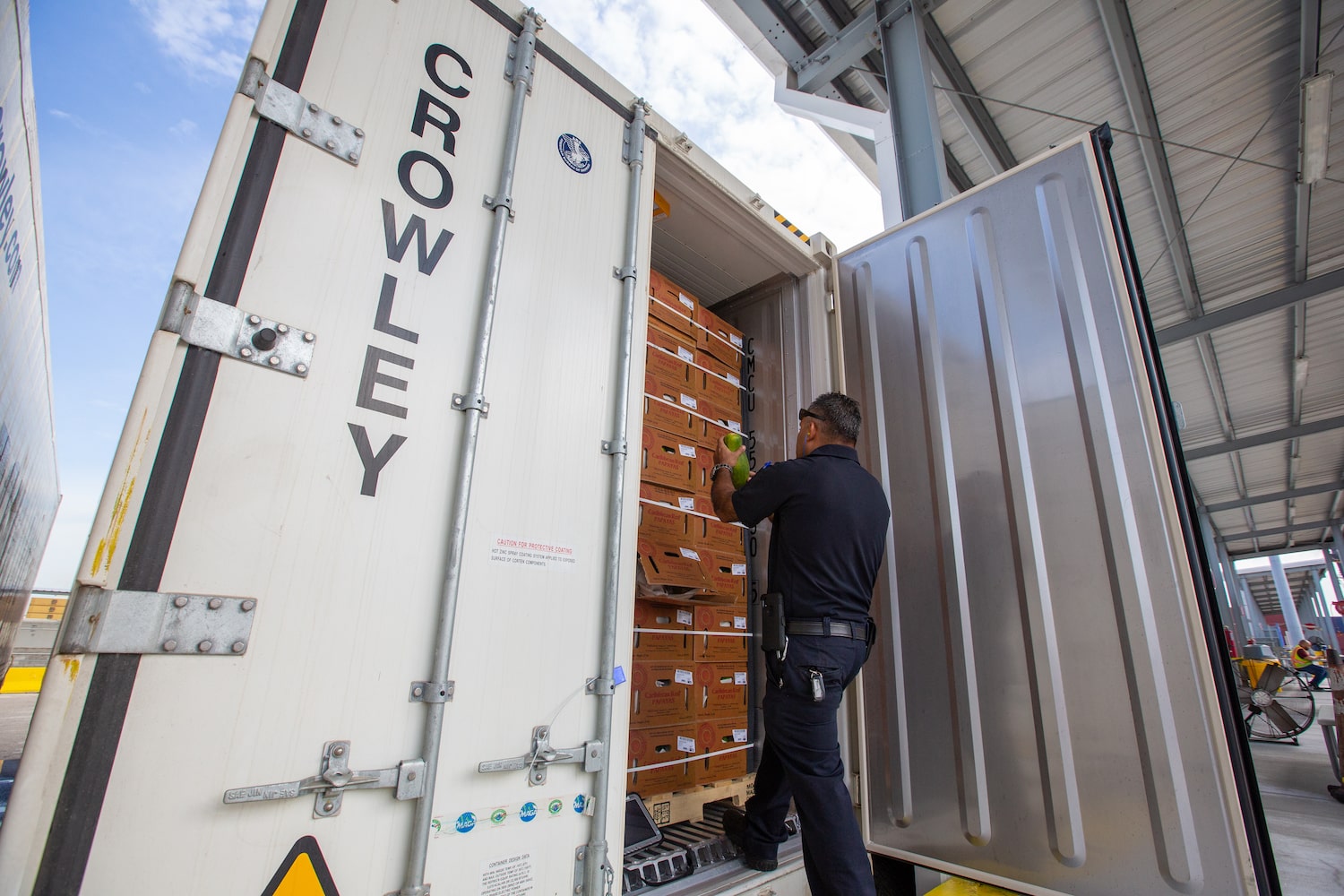
Crowley Logistics – CrowleyFresh
Cold Chain Logistics: The Ultimate Guide for 2025

When they toss frozen pizzas into their grocery carts or receive their annual flu shots, average citizens typically don’t stop to think about how those items traveled from manufacturers thousands of miles away to our neighborhood stores. The answer is cold chain logistics. This is the complex process of moving temperature-controlled goods like foods, beverages and pharmaceutical products from origin point to end customers.
What is Cold Chain Logistics?
Cold chain logistics are vital for the safety and quality of many products, from food to pharmaceuticals. The process involves managing temperature-sensitive items throughout each phase – beginning at production all the way through consumption. While it sounds straightforward, every step brings potential risks if proper precautions are not taken – making cold chain an essential component for successful final delivery. The three main components for successful cold chain transport include transportation and storage equipment, skilled personnel, and effective management practices.
Cold chain logistics encompasses every point in the supply chain, from supply procurement and manufacturing to transport and storage. At every step along the way, temperature-controlled products must be kept within a consistent temperature range. This serves to ensure the delivery of safe, high-quality goods for customers’ use.
To maintain this highly sensitive environment, cold chain logistics providers depend on proper packaging, functional equipment, strategic transportation routes and a constant stream of data to ensure that every link in the chain is fulfilling its purpose.
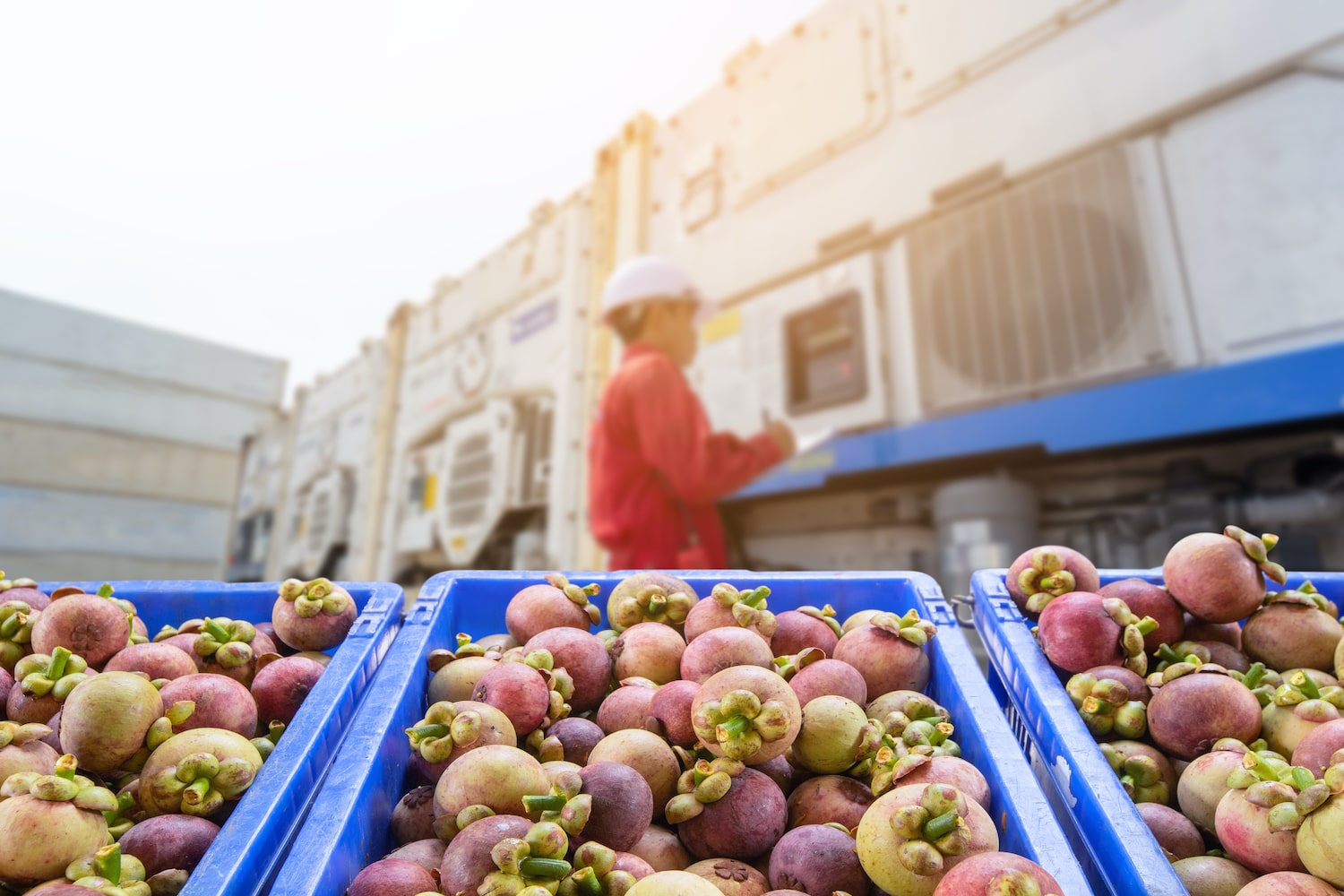
The Growing Importance of Cold Chain Technology
With an increasing number of products traveling from around the globe into our homes, the role of cold chain logistics and refrigeration cannot be overstated. Fresh, temperature-sensitive goods like dairy products, meats and seafood, frozen foods, wine, medications and other items must be kept in a temperature-controlled environment throughout the sales cycle. Failure to do so could result in deterioration of product quality. It can even lead to an increased risk of illness for the end customer.
The importance of cold chain logistics was most recently thrust into the spotlight by the race to develop and deliver COVID-19 vaccines. Several of the first vaccines to be approved—including those manufactured by Moderna and Pfizer—needed to be kept at extremely cold temperatures in order to maintain their efficacy. This raised challenges related to distribution and storage, as vaccines must be maintained at specific temperatures from the point of manufacture until they are administered. As the world grappled with the monumental task of vaccinating billions of people against the virus, cold chain logistics began to be recognized for its critical role in global health and safety.
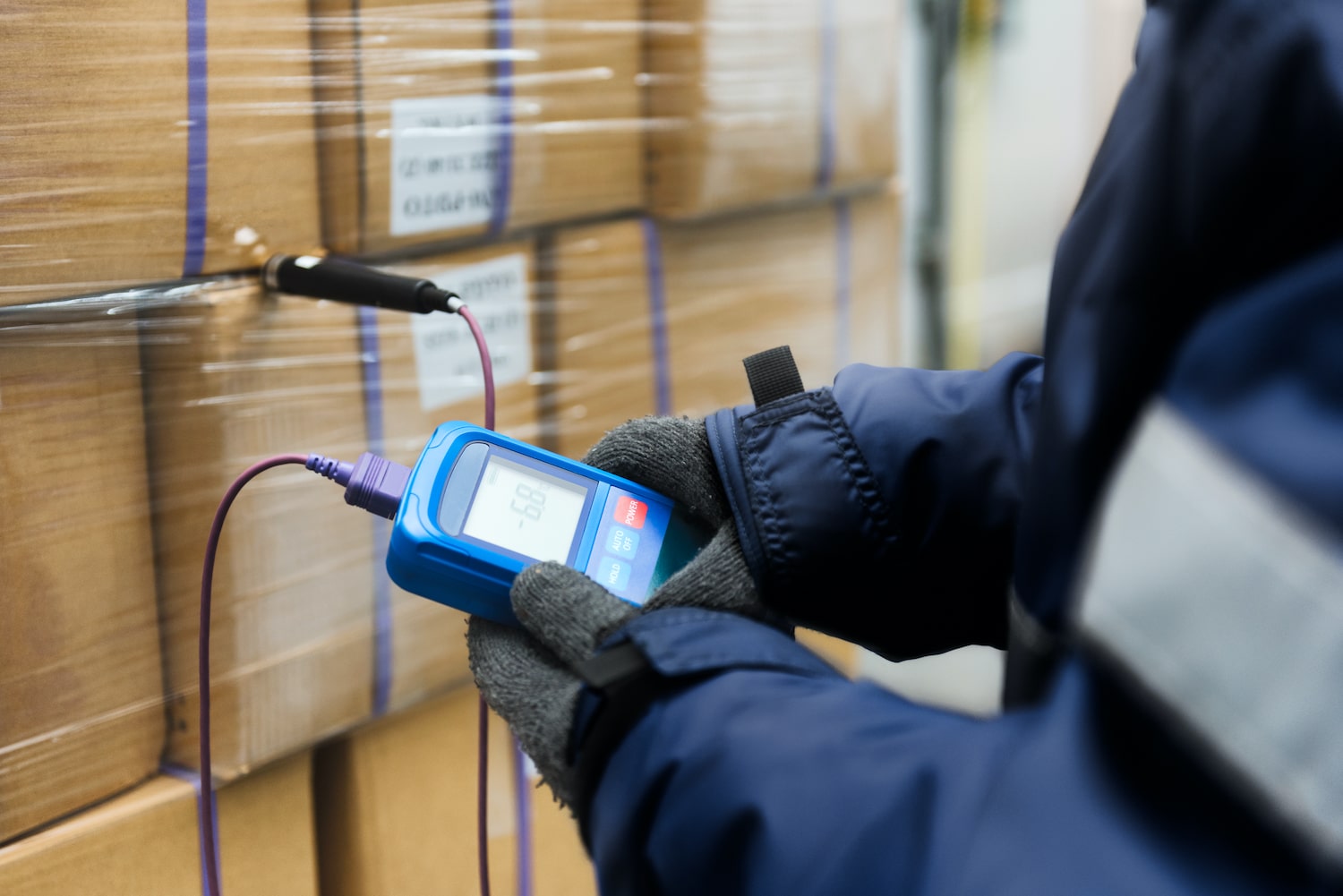
The Cold Chain Logistics Process
In the U.S., third-party logistics companies (3PLs) specializing in cold chain and refrigeration are largely responsible for managing this component of the supply chain.
Their highly specific expertise and familiarity with local regulations and processes—along with the force-multiplying factor of smart technology and data collection—enable them to bring efficiency and stability to a complex industry.
Logistics Challenges for Perishable Cargo
An increasingly health-conscious consumer base has resulted in new pressures on the cold chain logistics segment. Demand for refrigerated products globally requires suppliers to identify methods of transporting goods to consumers thousands of miles away. This must be done while simultaneously maintaining the quality and integrity of the product. Additionally, they must minimize the costs of shipping cold chain goods quickly and efficiently. Doing so serves to avoid pricing themselves out of an extremely competitive market.
Beyond the food and beverage industry, sensitive pharmaceutical products frequently demand temperature-controlled environments. These environments are needed to preserve their safety and efficacy until they are delivered to patients. Even a brief, relatively minor fluctuation in temperature can degrade a drug or other treatment, compromising both health and safety.
Cold Chain Regulations and Guidelines
Cold chain logistics providers must be well-versed in a host of constantly-changing guidelines and regulations related to maintaining product quality and safety. These requirements are issued by multiple agencies, including:
- U.S. Customs and Border Protection
- Transportation Security Administration (TSA)
- Food and Drug Administration (FDA)
- U.S. Department of Transportation (DOT)
- International Air Transport Association (IATA)
In addition to these regulatory bodies, individual shipping companies and manufacturers issue quality guidelines that exceed federal requirements. These regulations typically apply to categories such as minimum temperatures, product stability, packaging, monitoring and transportation.
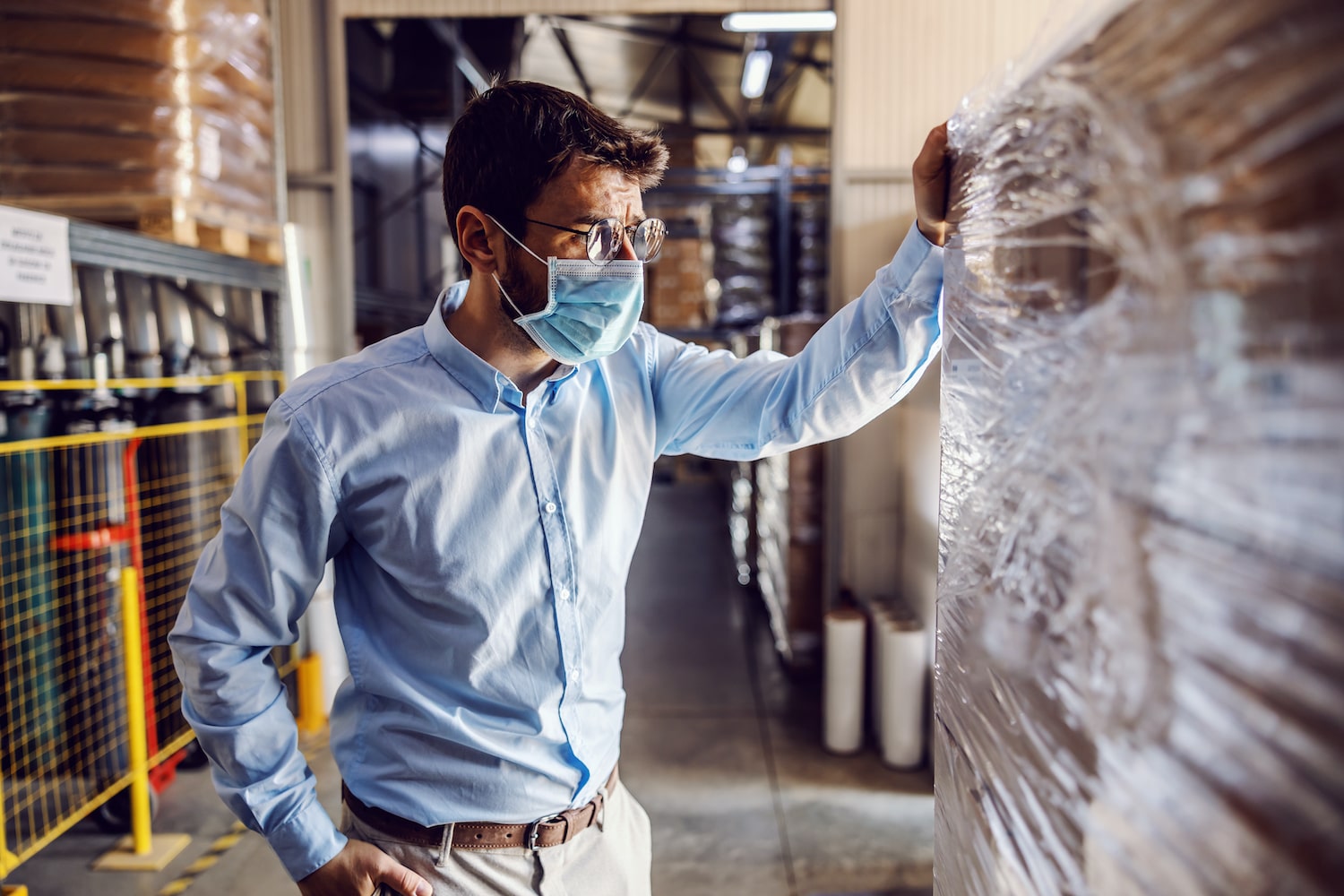
The Role of Data in Cold Chain Logistics
It is crucial for cold chain focused 3PLs to meet clients’ needs while also remaining profitable. As a result, these cold chain 3PLs depend on a constant supply of data to manage temperature, time, and transportation. These three key factors are vital to ensure proper optimization of the cold chain. Data science enables logistics providers to accurately forecast potential challenges, such as infrastructure and weather, every step of the way. This allows them to effectively plan a strategy and make necessary adjustments before perishables enter the supply chain. Without this data, 3PL’s would fly blind into an array of factors causing delays, damage, and potential loss to the bottom line.
High-caliber data also allows cold chain logistics companies to maximize profits by capitalizing on existing conditions. For example, using raw data to generate a map that illustrates risk factors in 10-mile increments along the entirety of a shipping route may show that an unusual cold snap will make the use of reefers unnecessary, resulting in significant cost savings over the length of the trip.
Even when their cargo remains the same, every shipment faces different environmental dynamics that can impact temperature, transportation and time, including weather patterns, road construction, and even human error. An integrated approach to data equips 3PLs with the information they need to potentially alter shipping dates or routes, use different equipment or otherwise adjust their plans to reflect real-time conditions on the ground.
Current Trends in Cold Chain Logistics
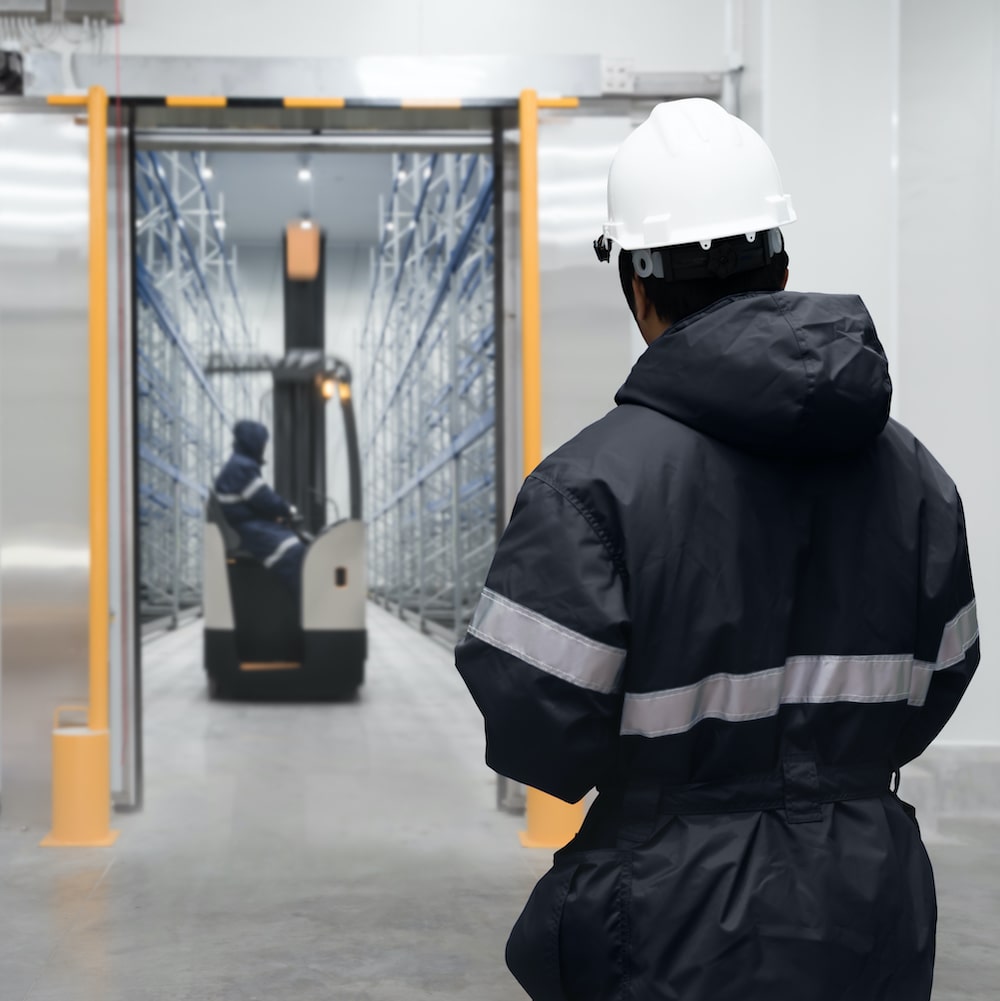
Like other elements of the supply chain, cold chain logistics providers face an ever-evolving lineup of challenges, innovations and trends that can impact their businesses for better or worse.
The eight trends to the right currently exert the greatest influence on how cold chain 3PLs deliver maximum value to their customers while continuing to thrive in a highly competitive marketplace.
With the expansion of the middle class in China and other nations, the demand for high-quality, healthful food and beverages has grown exponentially. As products like Alaskan salmon and exotic produce are shipped across the globe, manufacturers are increasingly turning to specialized cold chain logistics companies to ensure each country’s regulations are met and product quality is maintained throughout the supply chain.
Now more than ever, consumers expect consistently excellent experiences from food and beverage brands, and even minor aberrations in taste or texture could result in lost customers or a drop in brand reputation. Cold chain logistics companies bear the burden of maintaining highly-specific temperature zones in refrigerated warehouses and shipping channels to ensure product quality and an optimal customer experience. The same goes for pharmaceutical products, which often must be stored at specific temperature settings in order to maintain their efficacy and quality.
As food safety incidents, product recalls and counterfeiting operations become more common, government agencies across the world are tightening their regulatory grip on production and supply chain processes. For example, in 2013, the European Union established new guidelines for around temperature-controlled transport of pharmaceutical products, which now covers roughly 80 percent of prescription and over-the-counter drugs. Likewise, the U.S. Food Safety Modernization Act of 2011 requires certain products like produce to be traceable through every step in the supply chain.
The transportation industry as a whole is facing the challenge of recruiting and retaining qualified drivers, and the specialized training required for refrigerated fleets makes that challenge even more daunting.
To better manage space and transportation costs, some cold chain 3PLs have developed multi-cell trailers that use insulated curtains to establish different temperature zones within a single container, allowing them to transport both refrigerated and frozen goods within a single shipment.
As individual consumers and federal governments look to reduce their carbon footprints, cold chain logistics providers must discover opportunities to minimize resource consumption and adopt greener ways of doing business. For example, Penske Logistics is experimenting with the use of compressed natural gas (CNG) in its fleet, while other providers are incorporating electric vehicles for some applications. Emerging onboard fleet management systems will ultimately allow for automation and remote control of resource usage, further reducing waste.
Constantly-changing technology will allow cold chain companies to collect more and better data and further refine their operations. Currently, some 3PLs use GPS-enabled sensors to monitor the location, temperature and route of cold cargo, and pharmaceutical
Some food manufacturers have adopted new disposable packaging to protect the quality of temperature-sensitive products, and a few have integrated temperature-testing technology into their packaging, using special ink that shows when temperatures have fluctuated out of the optimal range. Reusable containers are also on the rise in both the food and pharmaceutical markets due to the increased focus on environmental sustainability.
Our Final Thoughts
Now more than ever, cold chain logistics and refrigeration providers represent a critical component of the global economy, ensuring that essential medications, food and other products survive the journey from their origin point to the end user without sacrificing quality or integrity. The ever-changing demands of customers, regulatory agencies and global networks will undoubtedly test the capabilities of cold chain 3PLs, but improvements in technology, data science and security will enable them to continue to rise to the challenge.

Interested in getting more information about Crowley’s cold chain logistics, refrigerated shipping, or supply chain solutions? Call us at 1-800-CROWLEY (1-800-276-9539) or fill out the short form below.